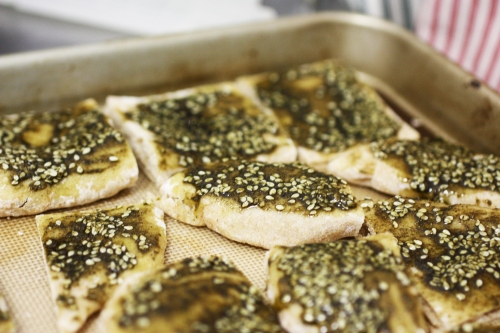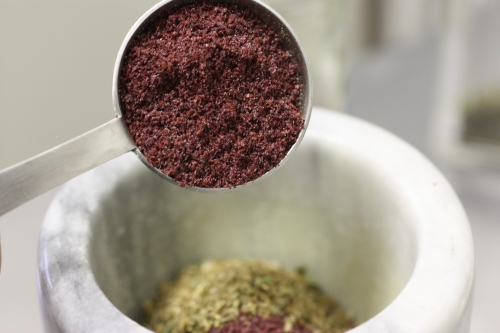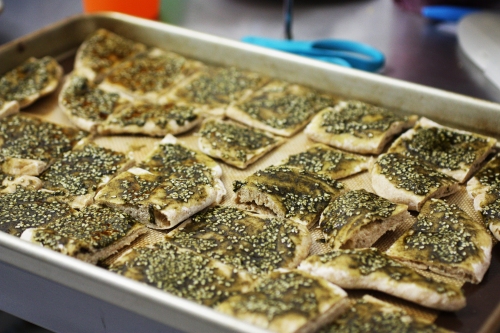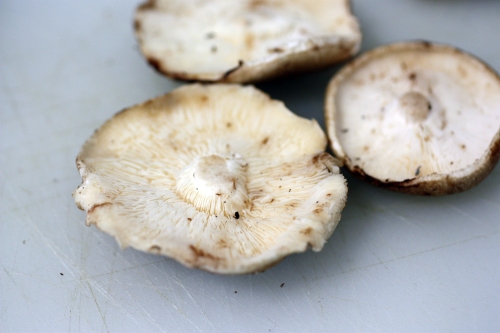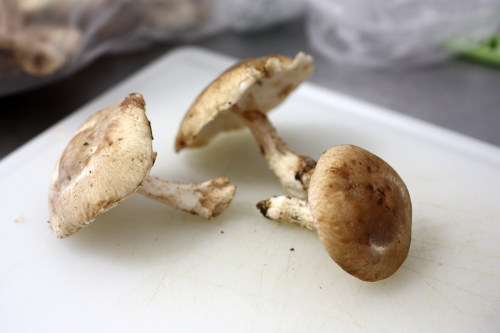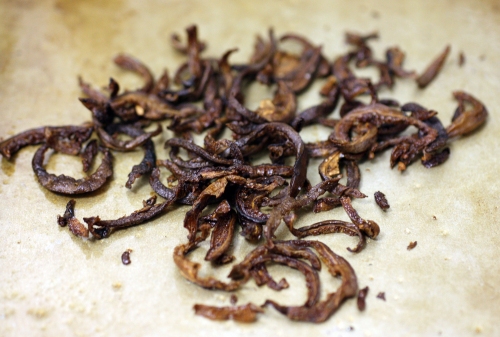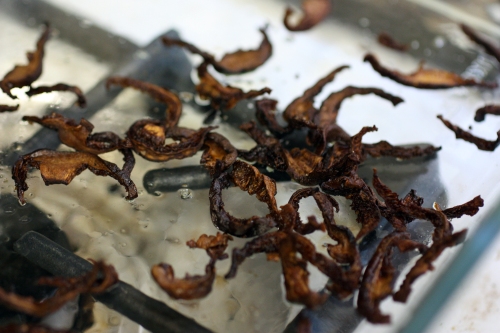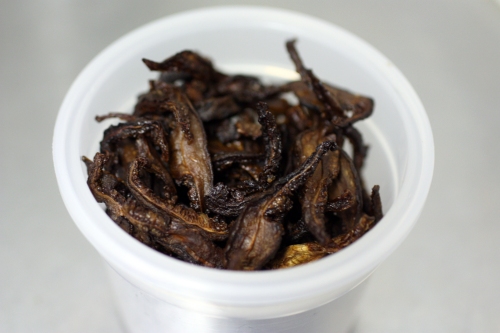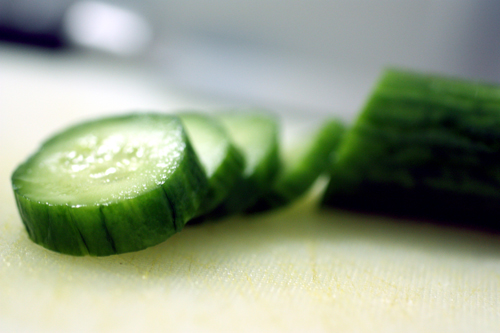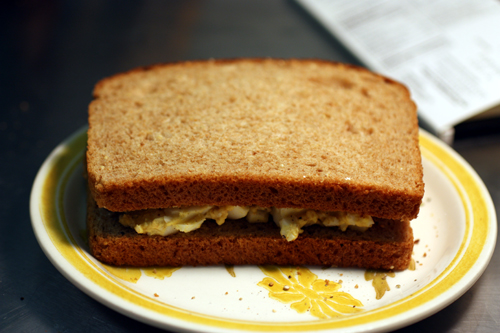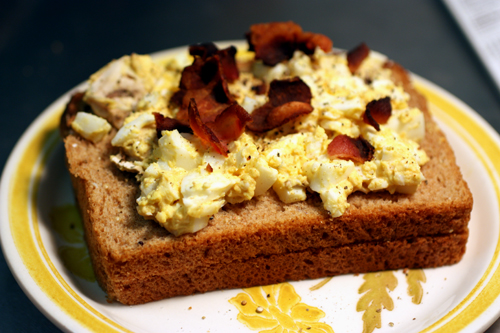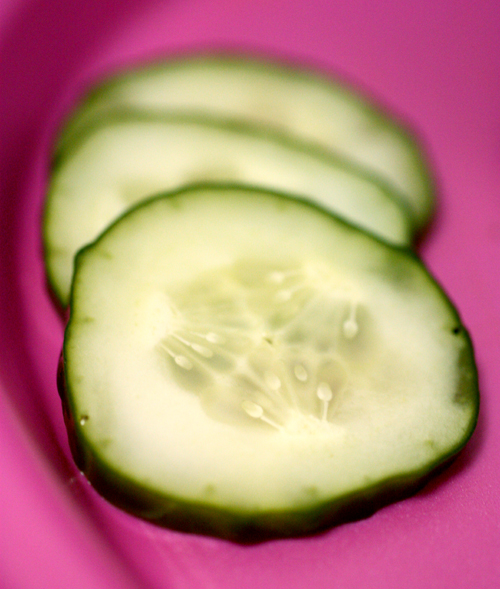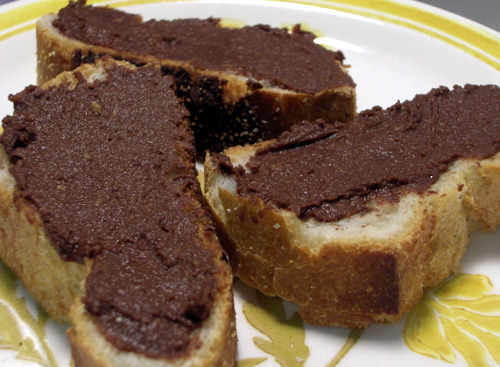Za’atar is a Middle Eastern spice blend. I can’t even describe how to pronounce it because I don’t really know what the right way is myself. Growing up, it was this mysterious mixture we put on top of pita and microwaved, sometimes with mozzarrella cheese on top as well, wafting this strong unique scent throughout the house. It wasn’t until I tasted that familiar flavor in a dipping oil at the upper west side restaurant Vareli (where they also crust a pork chop with it) that I even thought to bring it into my adult life.
I never really gave much thought to what it was made of when I was younger. It was just za’atar. But once I tasted it outside of a family context, I just had to figure it out. Many spice stores sell something called za’atar, but pretty much every blend of it is unique. It seems every Middle Eastern locale, or even every household has their own exact proportion of flavors that make up za’atar. Generally, they can include ground thyme, oregano, marjoram, hyssop, sumac, and whole sesame seeds. The more sumac there is, the redder the mixture will be. I grew up with a dark green kind, but I’ve also seen it in a pistachio color that most likely had no sumac at all.
Every variety is delicious as far as I’m concerned. To make za’atar pita, you simply mix the spice mix with olive oil and salt to taste (I like it to be rather salty), and paint it on top of a pita, or pita wedges. Thin it with oil as much or as little as you like. Some people even just mix the spice with salt and dip soft bits of bread into it and eat it like that. The following mix is a bit mild. I think it is the hyssop (which I’ve never seen in a store) that gives it the characteristic sharp, burns-the-back-of-your-throat taste.
Recipe: Za’atar spice mix
Makes about 3.5 tablespoons – multiply or divide as needed. Store leftovers in an airtight container.
- 2 tbs dried thyme
- 1 tbs dried oregano or marjoram
- 1 tbs ground sumac
- 1 tsp sesame seeds
- 1/2 tsp salt
Mix or grind together, and enjoy on anything that tastes good. Mix with oil to paint onto other foods, or use as a dry rub. Heat brings out the aroma, but be careful not to burn it or it may become bitter.
Have you ever had za’atar before? What did you eat it with? What do you think it had in it?

